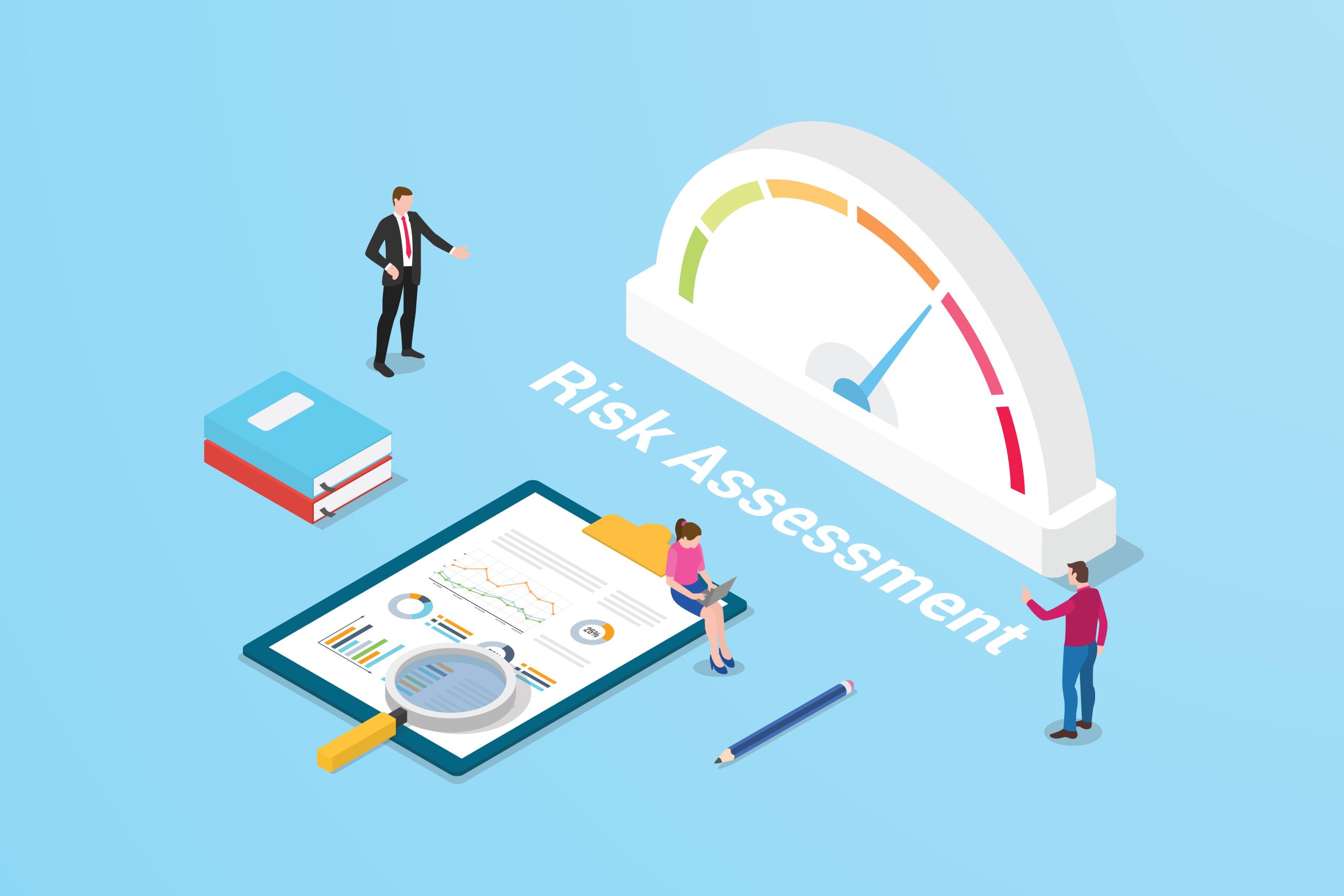Small and medium-sized businesses (SMBs) deal with many IT risks that can disrupt operations, compromise data, and damage customer trust. Conducting a thorough IT risk assessment is crucial for uncovering vulnerabilities and implementing effective strategies to reduce those risks. This guide will take you through the steps necessary to carry out an IT risk assessment tailored specifically for SMBs.
Understanding IT Risk Assessment
An IT risk assessment is a structured process that helps businesses identify, evaluate, and prioritize risks associated with their information technology systems. For SMBs, this assessment is particularly important as it enables them to protect their assets, comply with regulations, and stay competitive in the market.
Step 1: Define the Scope of the Assessment
Before starting your assessment, it’s vital to clearly define its scope. Identify which systems, processes, and data will be included. This could encompass everything from hardware and software to network infrastructure and data storage.
Key Considerations:
- Pinpoint critical assets that drive your business operations. For example, customer databases, transaction systems, or communication tools.
- Be aware of regulatory requirements, like GDPR or PCI-DSS, that might influence your assessment process.
- Collaborate with stakeholders from various departments to ensure all relevant areas are included in the discussion.
Step 2: Identify Potential Risks
Once the scope is set, identify potential risks. This means examining both internal and external threats that could impact your IT systems.
Common Risks to Consider:
- Cybersecurity threats, such as phishing attacks or ransomware, which are responsible for over half of data breaches in SMBs.
- Data breaches that lead to loss of sensitive customer information. According to a report, the average cost of a data breach for a small business is around $120,000.
- System failures and downtime, which can result in significant financial losses. Research shows that even an hour of downtime can cost SMBs $8,000 on average.
- Compliance violations that could result in hefty fines. Failing to comply with applicable regulations can lead to penalties up to 4% of annual revenue.

Step 3: Assess the Impact and Likelihood of Risks
After identifying risks, evaluate their impact and likelihood. This prioritization is crucial for determining which risks require immediate attention.
Impact Assessment:
- Analyze the potential consequences of each risk on business operations. For instance, a data breach might damage your brand reputation and cost you customers.
- Factor in financial, reputational, and operational impacts to provide a clear picture of how risks can affect your business.
Likelihood Assessment:
- Assess the probability of each risk occurring based on historical data and industry trends. Research has shown that 60% of small businesses that experience a cyber attack go out of business within six months.
- Use a risk-rating scale (e.g., low, medium, high) to categorize threats. This will help in prioritizing your response efforts.
Step 4: Develop a Risk Matrix
A risk matrix is a powerful tool for visualizing the relationship between the likelihood and impact of identified risks. It allows you to effectively prioritize them.
How to Create a Risk Matrix:
- Draw a grid with likelihood on one axis and impact on the other. Each cell in the grid represents a different prioritization level.
- Position identified risks based on their assessed likelihood and impact, allowing you to categorize them into high, medium, and low-risk areas.
Step 5: Identify Mitigation Strategies
For each identified risk, create mitigation strategies to minimize its impact or likelihood. This may involve adopting new technologies, policies, or procedures.
Mitigation Strategies May Include:
- Enhancing cybersecurity measures: Implement firewalls and advanced antivirus software. Invest in multi-factor authentication to protect sensitive accounts.
- Conducting regular data backups: Utilize the 3-2-1 rule: keep three total copies of your data, on two different media types, with one copy offsite.
- Training employees on security best practices: Engage your staff by offering regular training sessions. Studies indicate that employees are responsible for 95% of cybersecurity incidents.
- Establishing regular software updates: Stay ahead of vulnerabilities by maintaining a strict schedule for software patches and updates.
A cybersecurity software interface displaying security metrics
Step 6: Implement the Mitigation Strategies
With mitigation strategies ready, it’s time to put them into action. This requires collaboration across various departments within the organization.
Implementation Steps:
- Assign specific responsibilities to team members for each mitigation strategy. Clear ownership ensures accountability.
- Set realistic timelines for rolling out each strategy and regularly monitor progress.
- Communicate new policies and procedures to all employees to ensure everyone is informed and compliant.
Step 7: Monitor and Review
An IT risk assessment is an ongoing process. Regular monitoring and review help maintain your assessment’s relevance and effectiveness.
Monitoring Activities:
- Perform periodic audits of IT systems and processes. Schedule these assessments quarterly or annually to stay proactive.
- Stay up-to-date on emerging threats and vulnerabilities by subscribing to cybersecurity newsletters or alerts.
- Continuously review and update the risk matrix, reflecting changes in your IT environment or business processes.
Step 8: Document the Process
Finally, meticulous documentation of the entire risk assessment process is vital. Include identified risks, mitigation strategies, and monitoring activities.
Documentation Tips:
- Keep thorough records of all assessments and updates for future reference.
- Use clear and straightforward language to ensure that everyone understands the documentation.
- Store documentation in a secure location that is accessible to relevant stakeholders.
Enhancing Security and Building Trust
Completing a comprehensive IT risk assessment is essential for SMBs that aim to protect their assets and ensure business continuity. By following this step-by-step guide, organizations can effectively evaluate and mitigate IT risks, thus fostering a more secure and resilient operation. It’s important to remember that the landscape of IT risks is always changing, so conducting regular assessments and updates is key to staying ahead of any potential threats.
By making IT risk assessments a priority, SMBs will not only protect their operations but also strengthen trust with their customers and stakeholders.





